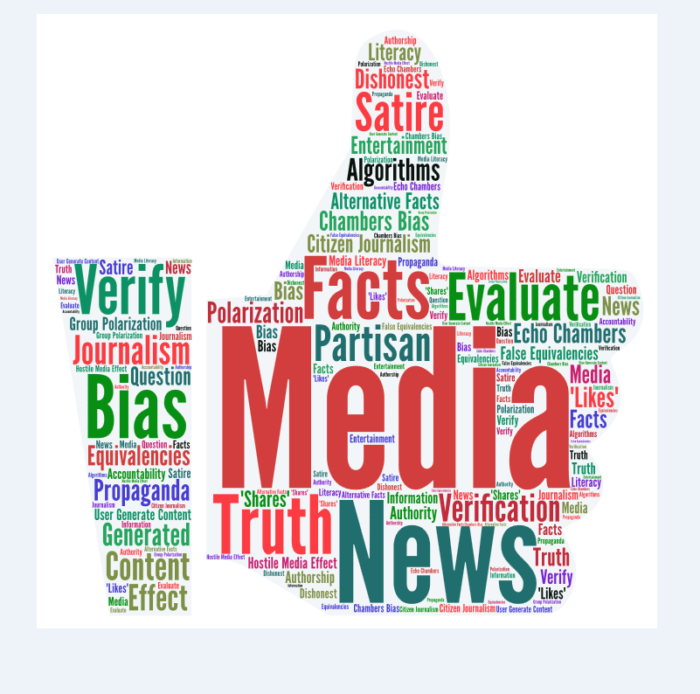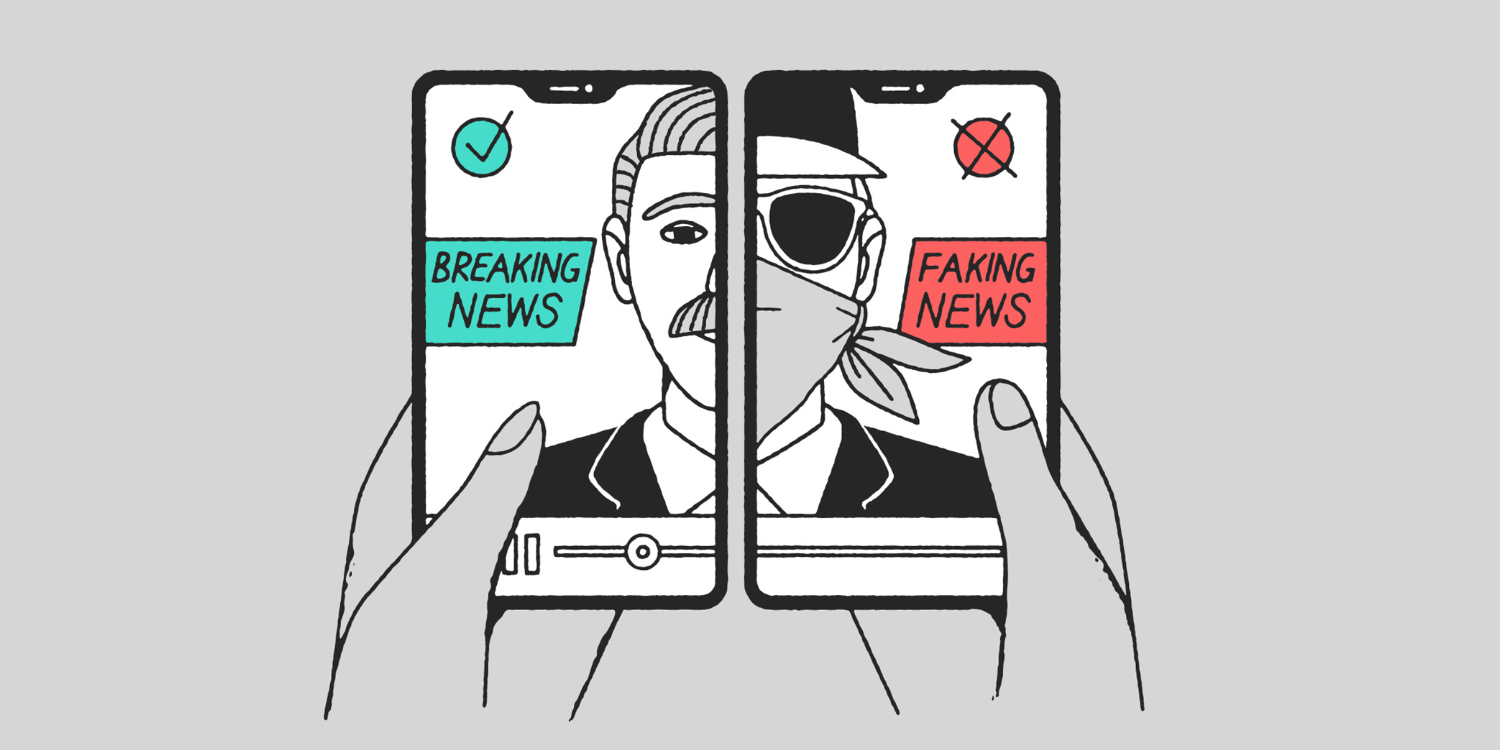
Media Literacy & Fake News
This week, I'm going to touch upon one of the strands in the Ontario Language Curriculum: Media Literacy! I'm going to be specifically focusing on three teaching resources that will assist in teaching students how to detect fake news.
But first, a quick refresher of media literacy is for those of you who are not as familiar with the topic. Media literacy is the "study of the art and messaging of various forms of media texts" (p. 13). Media literacy attempts to explore the impact and influences of the mass media by closely examining advertisements, songs, films, newspapers, magazines, and anything else you may view that is produced by someone in higher power and displayed for a wider audience.
Teaching Resources for Detecting Fake News
1. Lesson Plans and Strategies for Teaching Fake News: Teaching Strategies to Detect Fake News.
This website provides links to multiple different lesson plans to teach students about detecting fake news. I'm going to focus specifically on one lesson plan provided, for grades 6-8, titled "Fake News" (Fake News Lesson Plan). In this lesson plan, students must first demonstrate their understanding of news by explaining their current understanding of it and where they get their news from. There are then multiple activities for students to complete to demonstrate their understanding of fake news and real news.
 |
| An example of an activity from the "Fake News" lesson plan. |
In the media literacy strand of the curriculum for grade six, the specific expectations for understanding media texts state ML1.2 "interpret media texts, using overt and implied messages as evidence for their interpretations" (p. 117). Therefore, by following this lesson plan, students will be meeting this expectation by sorting through different media and beginning to identify patterns that exist among them.
2. The 5 C's of Critical Consuming in Teaching Fake News Video:
1) Context: Look at the context of the article. When was it written? Where does it come from?
2) Credibility: Check the credibility of the source. Does the author cite credible sources?
3) Construction: Analyze the construction of the article. Can you distinguish between fact and opinion?
4) Corroboration: Corroborate the information with other news sources. Make sure it is not the only source making the claim.
5) Compare: Compare it to other news sources to get different perspectives.
In the media literacy strand of the curriculum for grade six, the specific expectations for understanding media forms, conventions, and techniques states ML2.2 "identify the conventions and techniques used in some familiar media forms and explain how they convey meaning and influence or engage the audience" (p. 118). This video is perfect for meeting this specific expectation because it teaches students how to evaluate the conventions of media by exploring the five C's for each piece they examine.

3. Test Your Fake News Knowledge: Test your Fake News Sense.
This quiz has students read multiple different news stories, both real or fake and then has them determine if they are either real or fake. The students are able to view the source of the news article while reading them to assist them in determining their answer. Once the student selects an answer, the quiz will immediately tell them if they are correct or not and give feedback.
In the media literacy strand of the curriculum for grade six, the specific expectations for reflecting on media literacy skills and strategies states ML4.1 "identify what strategies they found most helpful in making sense of and creating media texts, and explain how these other strategies can help them improve as media viewers/listeners/producers" (p. 119). This online quiz is a great tool to use at the end of the media literacy unit, as it tests students on the skills that they have acquired while working through the unit. Teachers can use this quiz to see if students have developed the ability to identify fake news.
Why is Media Literacy Important?
I believe that media literacy is one of the most important topics to teach students. With the growing technology in our society, students will continue to be exposed to different forms of media multiple times in one day. Therefore, it is important to teach them how to properly interpret media so that they do not develop biases, untrue opinions, and are not easily persuaded. There are many fun activities we can do as teachers to help our students use, interpret, and understand media in the most appropriate manner.
Resources
Catapano, J. (2019). Teaching Strategies to Detect Fake News. TeachHub.com. Retrieved from http://www.teachhub.com/teaching-strategies-detect-fake-news.
Factitious (2018). Test your Fake News Sense. Retrieved from http://factitious.augamestudio.com/#/.
Fake News (Online Image). Retrieved from https://9to5mac.com/2019/03/19/apple-combating-fake-news/.
Fake News (Online Image). Retrieved from https://9to5mac.com/2019/03/19/apple-combating-fake-news/.
Media Literacy Thumb (Online Image). Retrieved from https://theness.com/neurologicablog/index.php/teaching-media-literacy/.
Ontario (2006). Language. The Ontario Curriculum: Grades 1-8. Ministry of Education. Retrieved from http://www.edu.gov.on.ca/eng/curriculum/elementary/language18currb.pdf.
Spencer, J. (2016). Helping Students Identify Fake News with the Five C's of Critical Consuming. Retrieved from https://www.youtube.com/watch?v=xf8mjbVRqao.


No comments:
Post a Comment